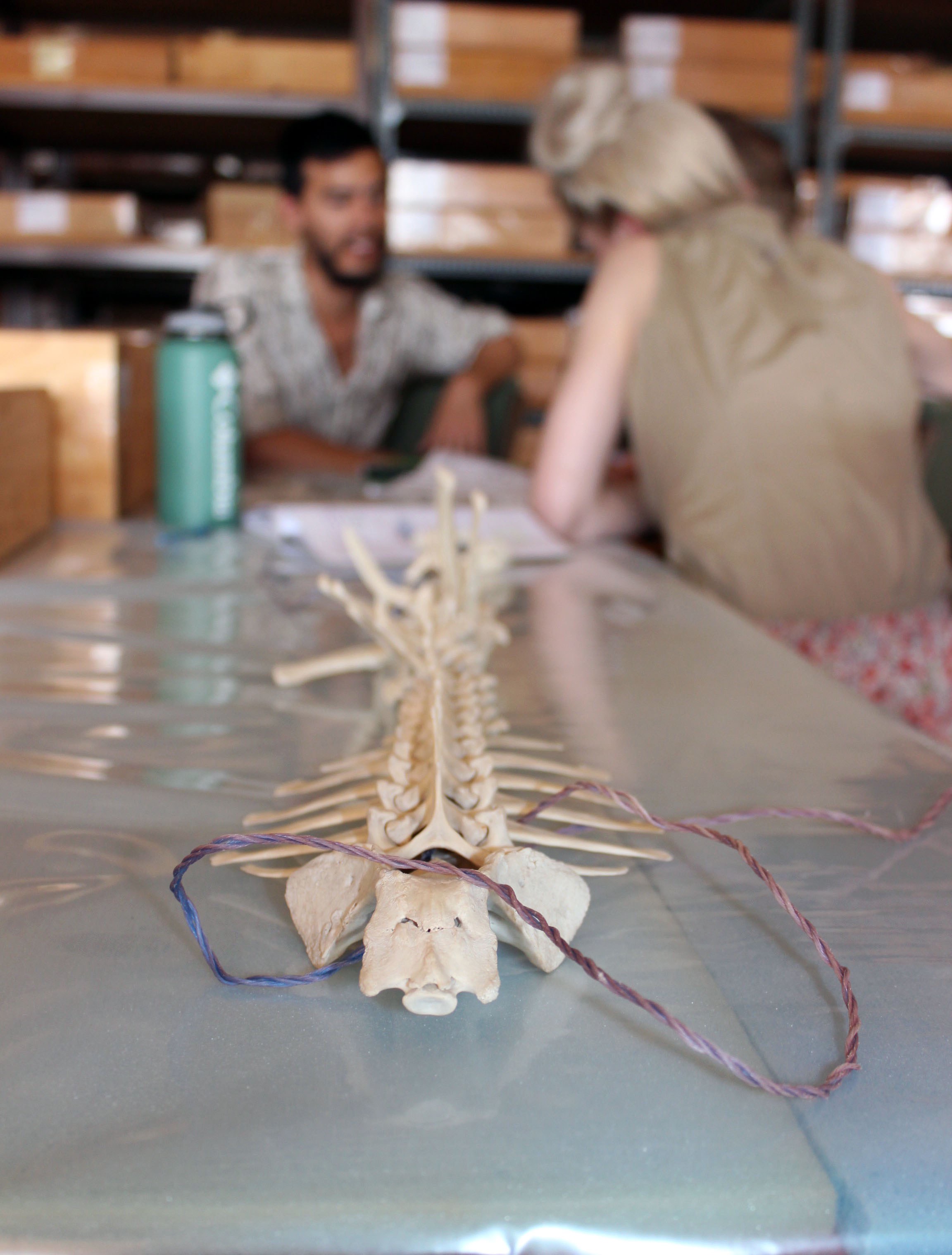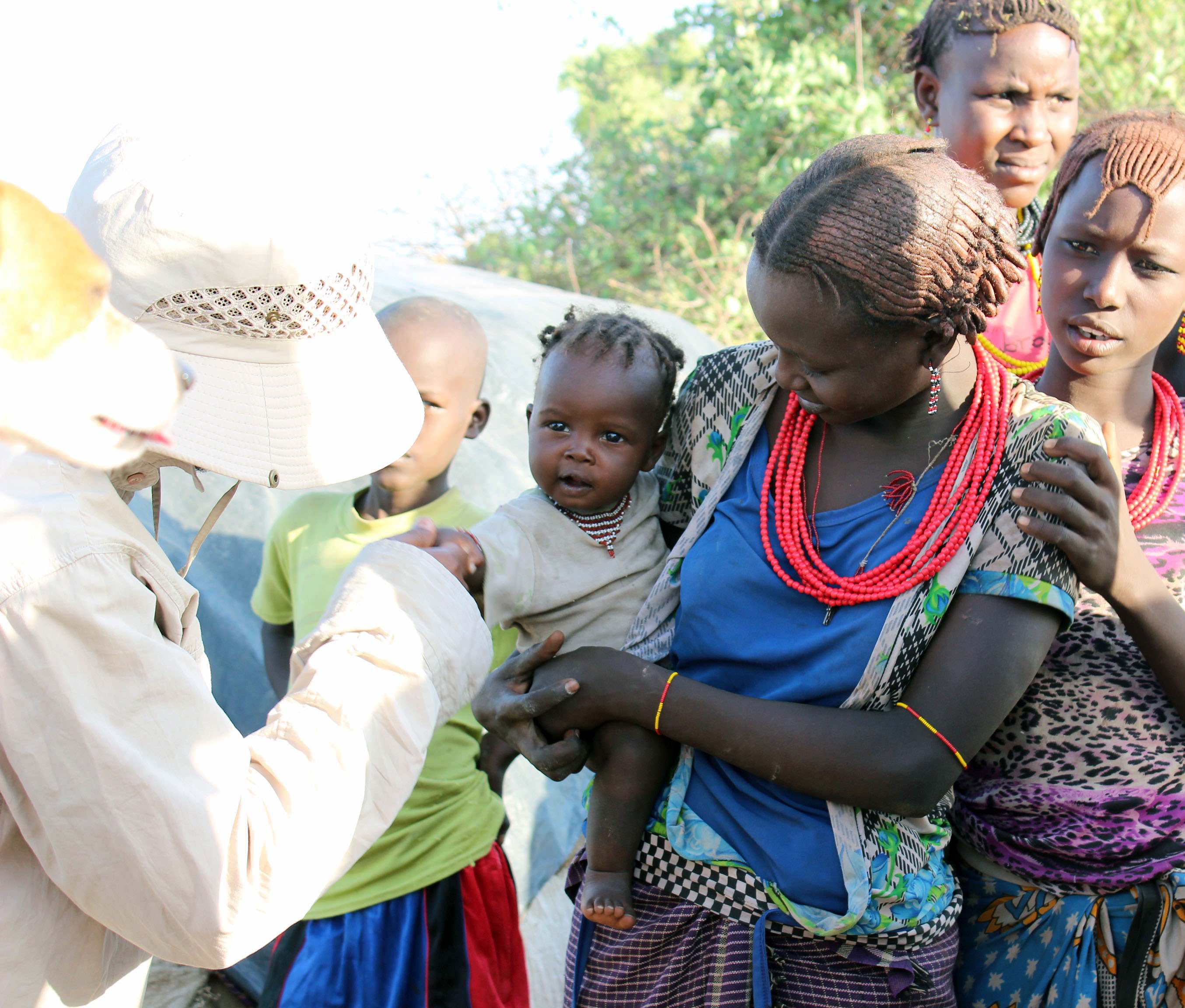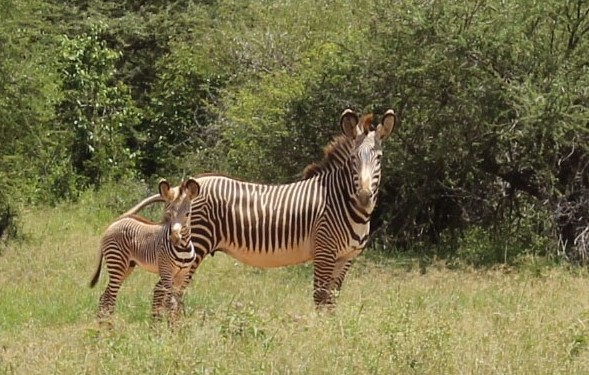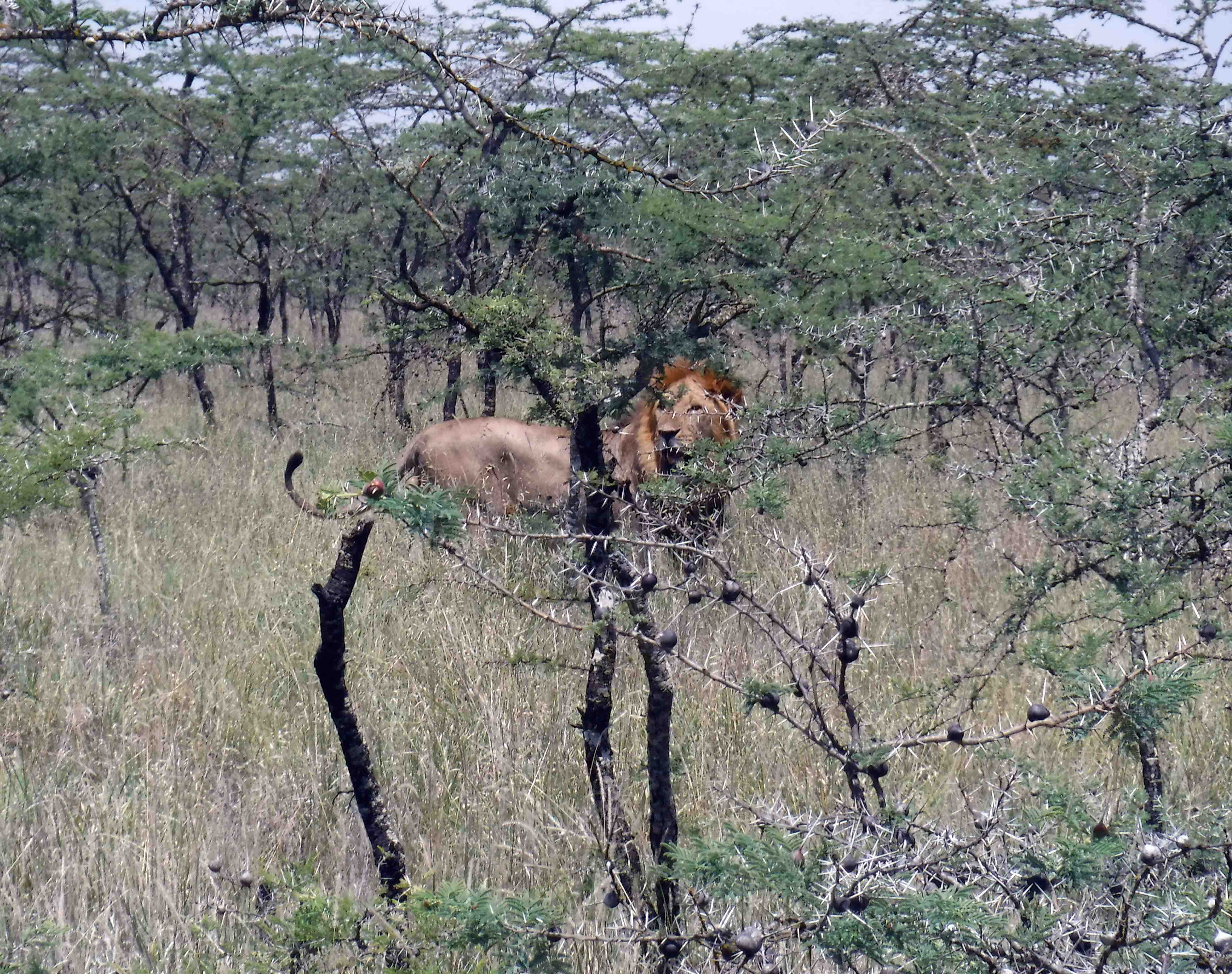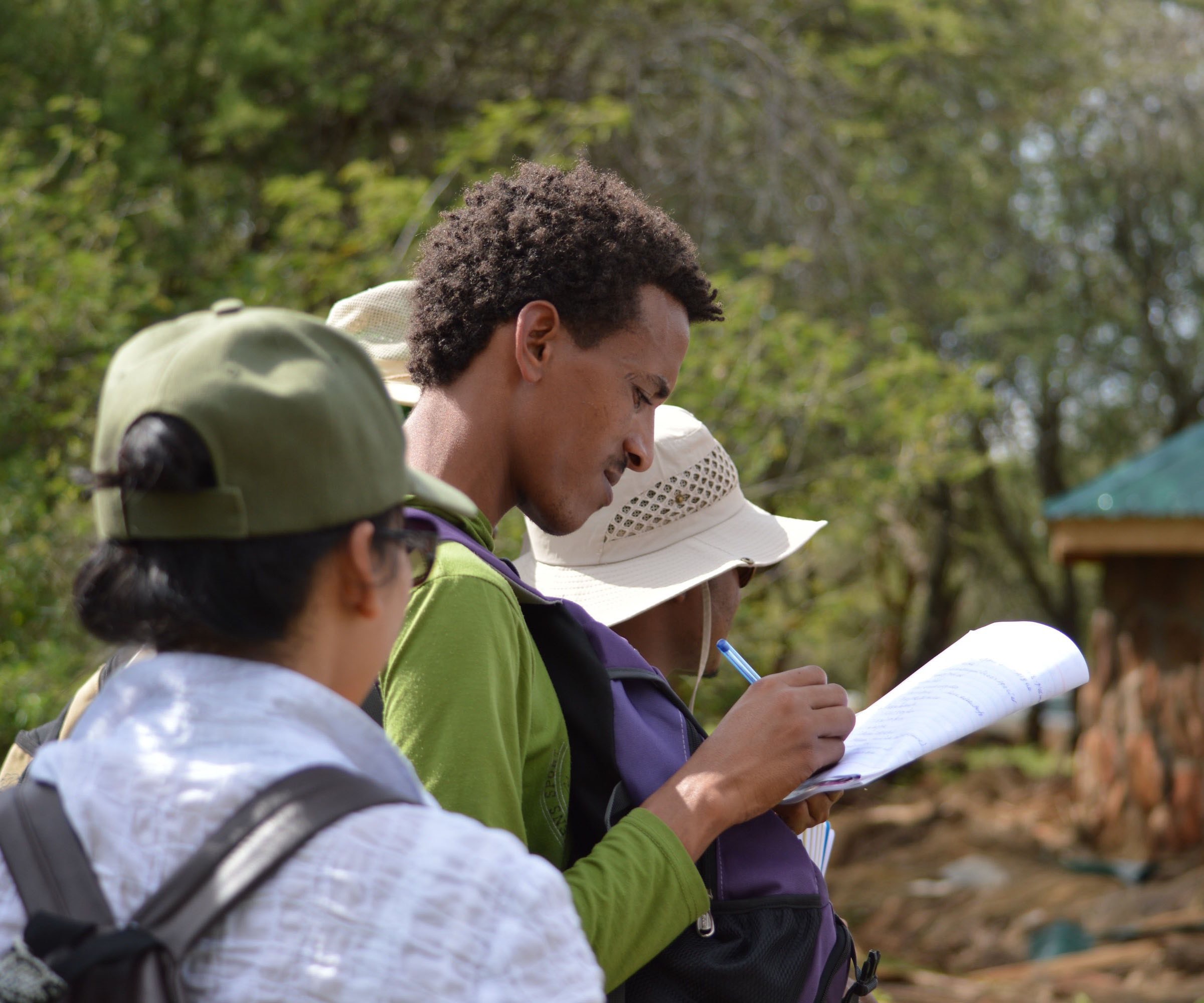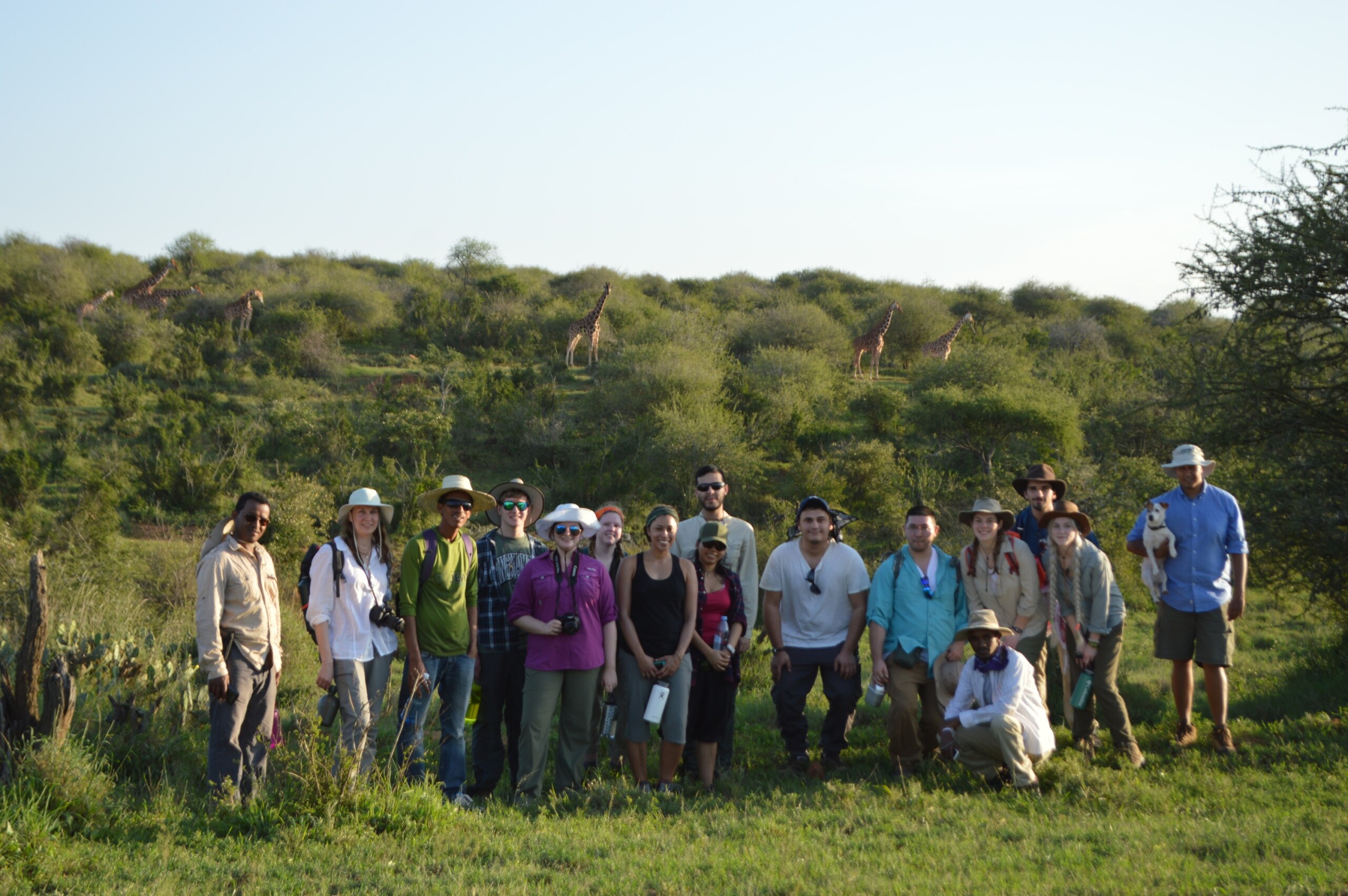Paleontology week 2: methods, methods, methods!
Week two of the Paleontology module was packed with field methods, a special visitor, and lots of work on student projects. We headed back out to Area 8b to learn more about Paleontological field work. After an hour of prospecting for fossil finds, we began a session on field collection methods. All sciences require some [...]

